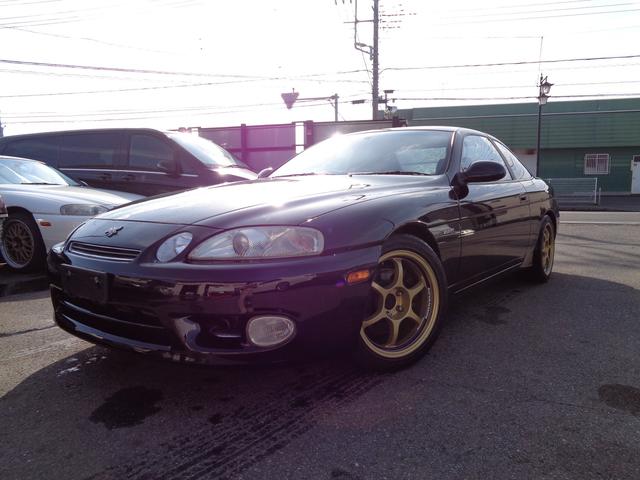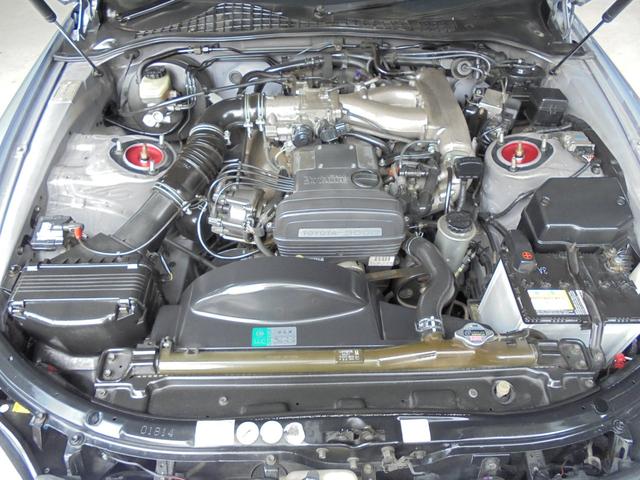When I had my first tour of the plant (and I was to have many, many tours) my first impression was of how clean it was. It wasn’t as noisy as I had expected, either. (Of course, inside the body panel stamping plant it was noisy, oh yeah!) And the whole atmosphere was not one of tension and hyperness, rather it was a place of purposeful activity undertaken at a regular, sustained pace. The people I met there, half of whom were local, were lovely people: dedicated and quietly proud of their work.
The SC430 was built on the same line that other Lexus and low volume cars were made on, but the SC430 was taken off the main line at two points: once to have special welding work done on selected panels (one of the guys in that plant shared a patent for a new aluminum welding system that was key in the making of the SC430), and once, near the very end of the line, to have the special powered hard top installed and tested. This convertible roof also went through its own inspection check, in addition to the whole car inspection job that was the final stage before any car was sent out the door and on the way to its new life.
And the lives of so many of the high quality Toyota cars of the 80s, 90s, and 00s that were built at Higashi Fuji (and at all of Toyota’s factories) have been long indeed, so that a 25 year old used Toyota car from Japan has many years of life yet to go on it. Among all the used cars on the market today, a good condition, low mileage example of a Soarer, of a Crown, a Celsior (LS400), a Century, or any of the other Toyota luxury cars that we’ve been talking about in our Japan Car Direct blog (you’ll find the first post here),
is going to be a winner purchase for you; and that car will stay with you for years and years and give you miles upon miles of driving pleasure.
Personally, I love these good old Japanese cars (I’ve owned and loved a number of them) and I want to give a word of thanks to all our customers and importers who are keeping these great cars alive and in service and doing what cars should do: be reliable, useful, and pleasing.
For us at Japan Car Direct, it’s a daily pleasure finding these cars here in Japan and helping our customers to import them directly home; whether home is the USA or Australia, the UK, Canada, New Zealand, the EU, or any of the many destinations that we ship used Japanese cars to. Contact us and we’ll help you find and import a good one, too.













